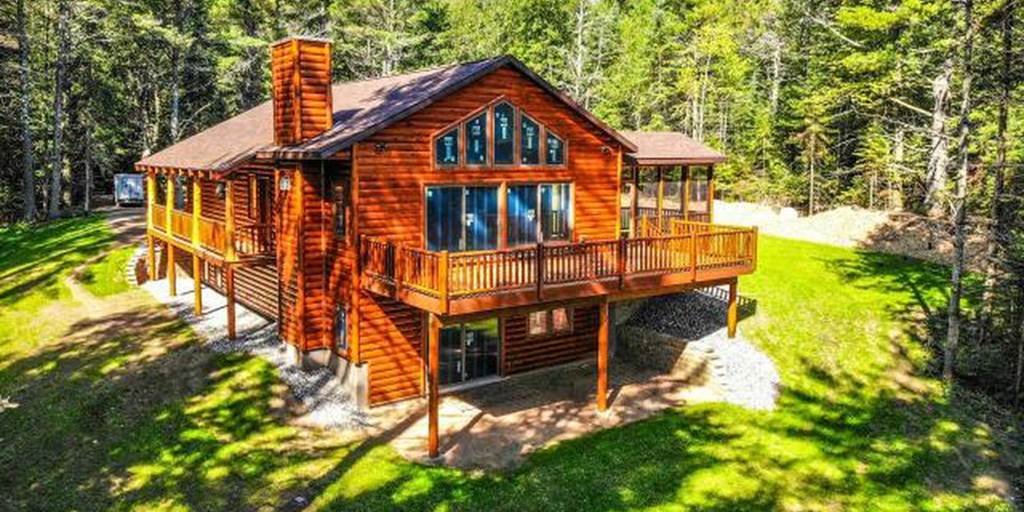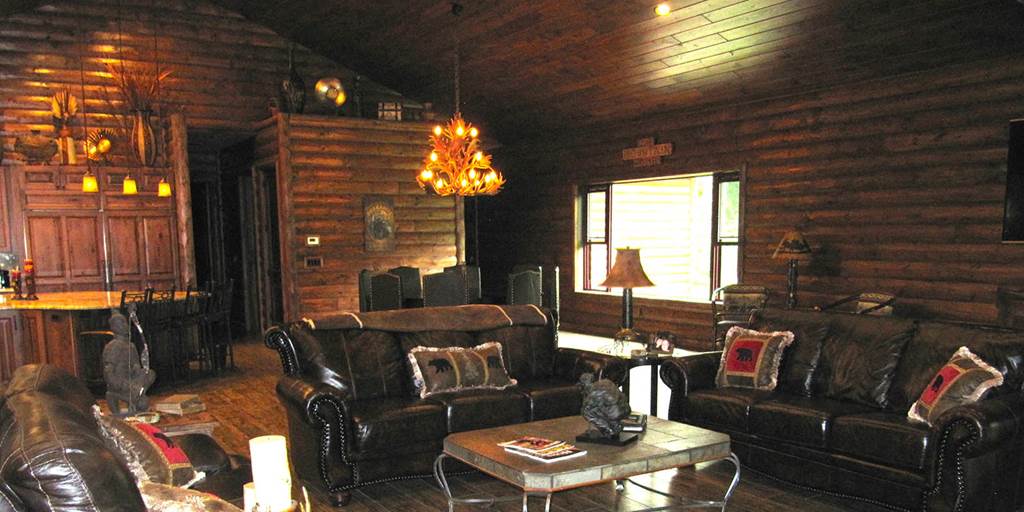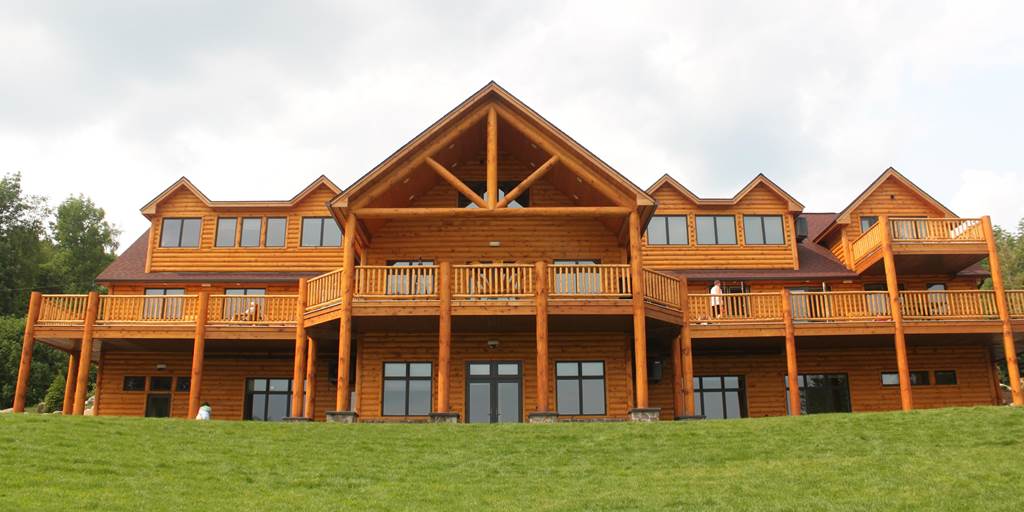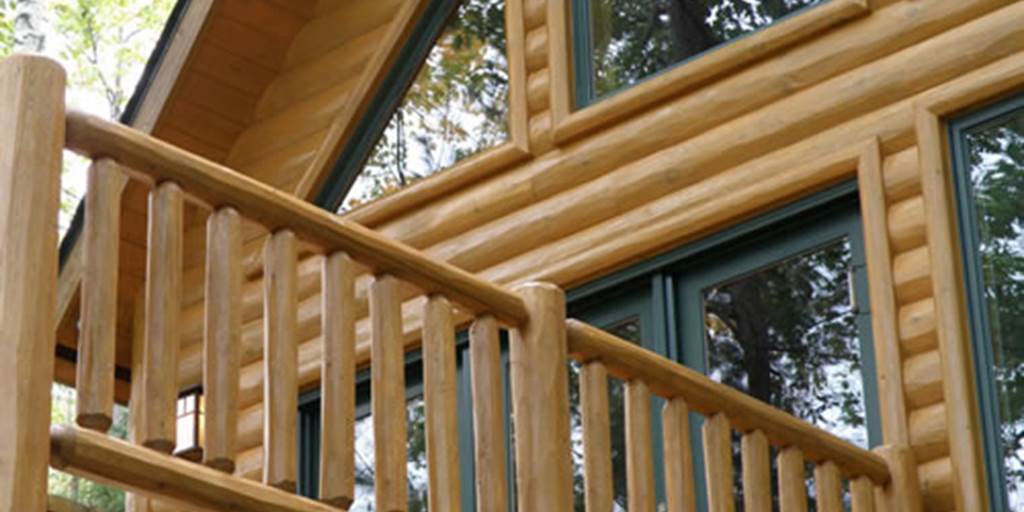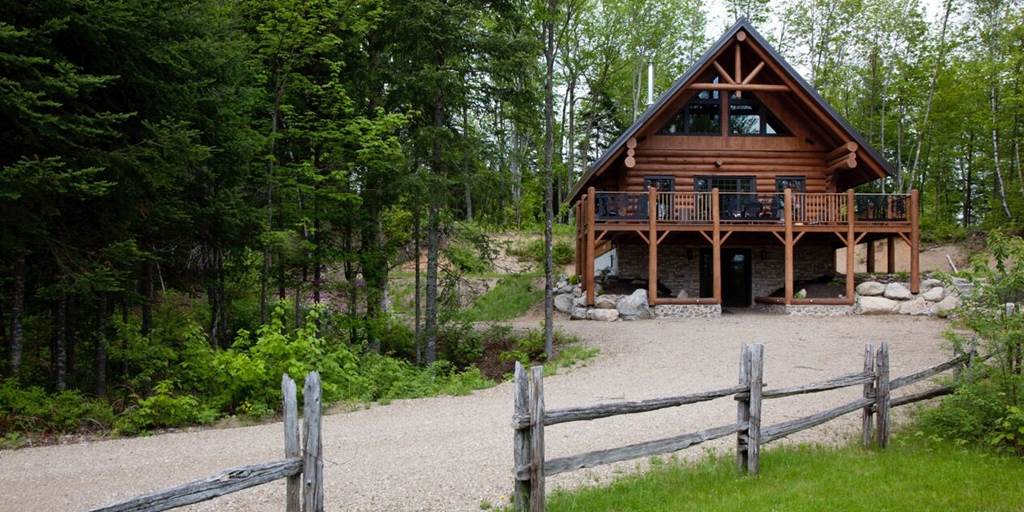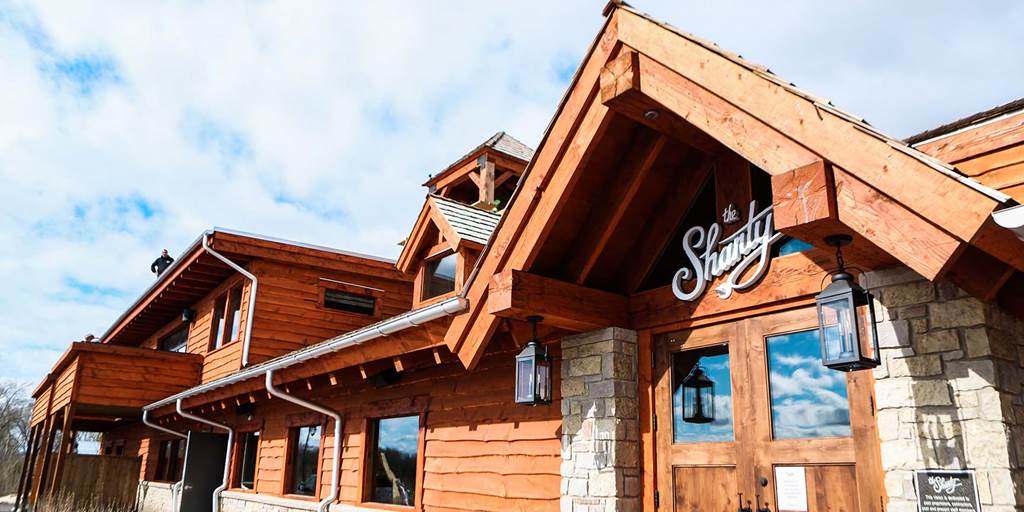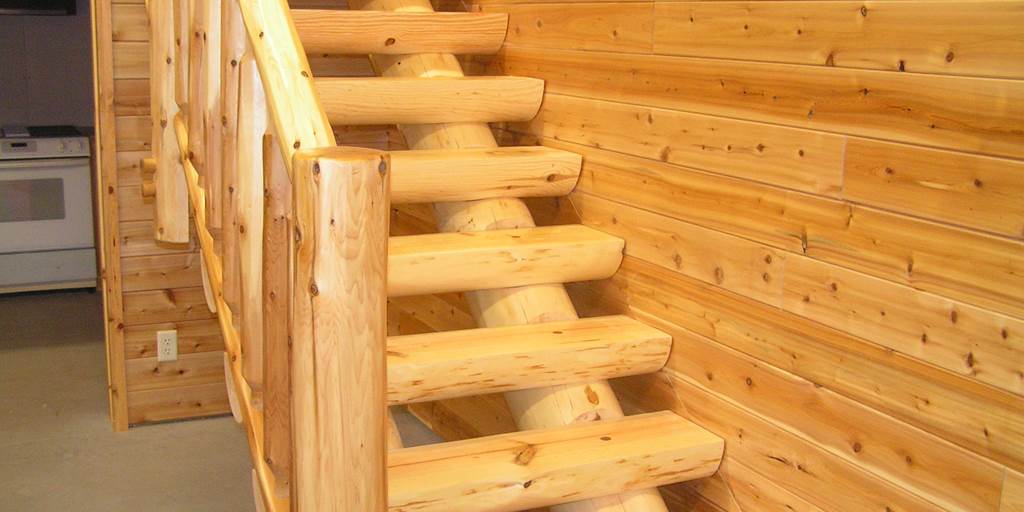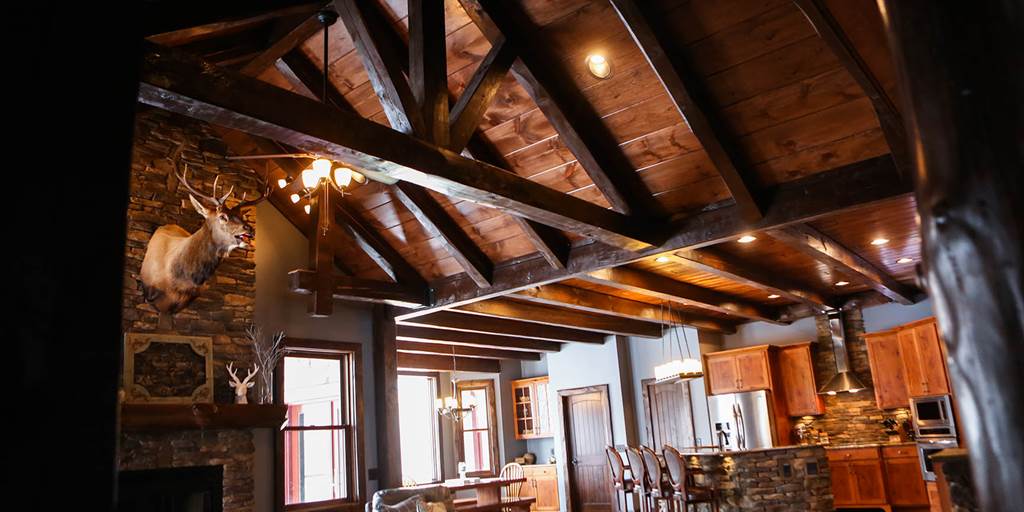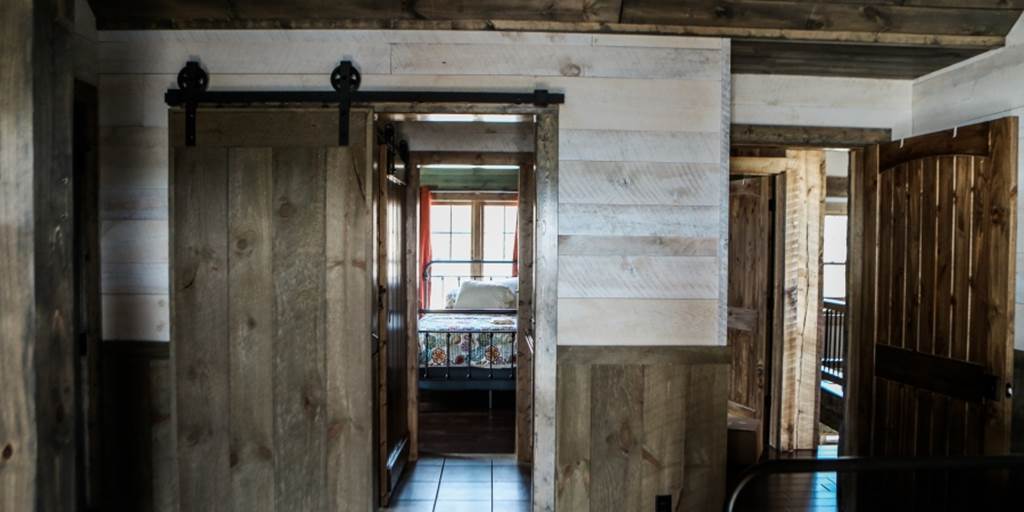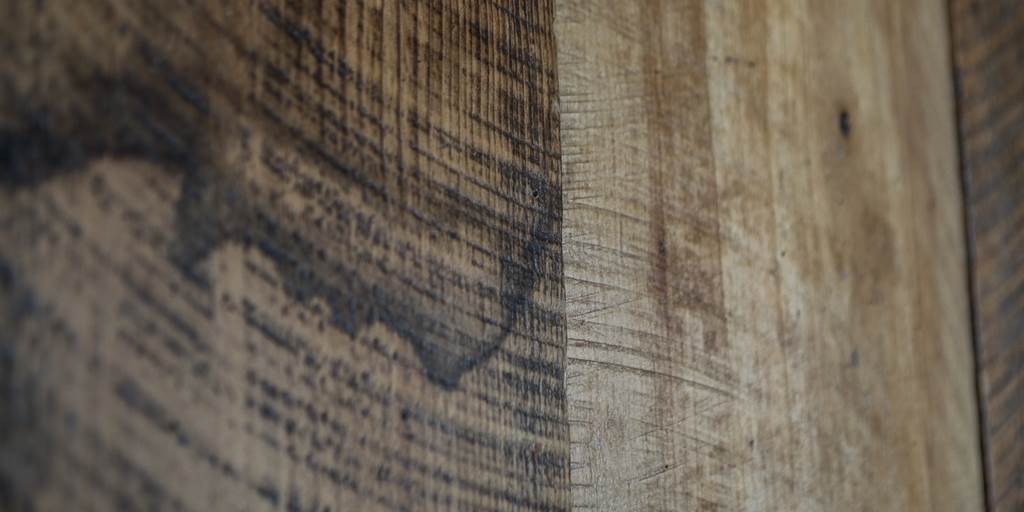A common challenge for many general contractors, like Dan Streble, is finding a log cabin wood supplier with high-quality products and top-notch customer service.
Read More
These 5 Rooms Look Great with Log Siding
Think log siding is just for the exterior of your cabin? Think again. Installing log siding indoors can help create a natural lodge look throughout your home that complements your exterior siding. Not to mention, log siding is easy to install and maintain. Here are some popular places we’ve seen homeowners install interior log siding.
Read More
Why an Upstate New York Summer Camp Chose a Michigan Wood Supplier
Since 1931, Camp Walden has been creating magical summers for campers. Located in Diamond Point, New York, along the western shore of Lake George, Camp Walden prides itself on its beautiful campgrounds.
Read More
Smooth vs. Hewn Log Siding
The texture of your log siding is important for creating the right look when manufacturing log siding, beams, joists, and trusses. Logs can have two different textures: hand-hewn (or hewn) and smooth.
Read More
6 Log Home Maintenance Tips
Ready to do some spring cleaning around your log cabin? Maintaining log siding is easier if you dedicate a weekend once a year to cleaning the wood around your log home.
Read More
How an 100-Year-Old Restaurant Kept Its “Old American” Look During Renovation
In Wadsworth, Illinois, everyone—from neighborhood locals to visitors hailing from as far as Chicago and Milwaukee—gather to eat, drink, and socialize at The Shanty. Along with the building’s 100-year-old history, the restaurant’s patrons love the comfortable, rustic atmosphere and “old American” vibe that makes them feel right at home.
Read More
6 Different Types of Staircases
Staircases are more than just a means of moving from one level to the next. They can also make for an excellent focal point, depending on the staircase design. Different types of staircases provide specific kinds of appeal and take up varying amounts of space.
Read More
11 Log Home Design Ideas For Your Next Project
Over the past few years, we’ve started to see a shift in home design go from conventional to log homes. A survey by the National Association of Home Builders (NAHB) even found that the sale of log and timber homes has increased by more than 15 percent over the past eight years.
Read More
What’s the Difference Between Shiplap and Nickel Gap Wood Siding?
If you’ve been following interior design trends over the past few years, you’ve noticed an increase in the use of wood siding to add dimension and character.
Read More
What is Circle-Sawn Wood Siding?
Reclaimed wood siding, especially barn wood siding, has a very specific look - weathered, rough, and rustic. But working with old wood is not ideal in many cases, and it can be a difficult building
Read More

